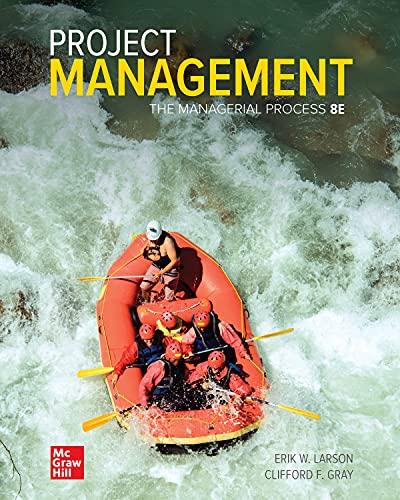Question
Biogeochemical Cycles Chapter 10 of your textbook describes four biogeochemical cycles (some of which might also be called nutrient cycles) which carry elements and compounds
Biogeochemical Cycles
Chapter 10 of your textbook describes four biogeochemical cycles (some of which might also be called nutrient cycles) which carry elements and compounds essential to life on earth: the oxygen cycle, the carbon cycle, the nitrogen cycle and the phosphorous cycle. Read the sections in the textbook and refer to the diagrams for each of the cycles. These cycles are constantly going on around us. Think about how we are involved in these cycles. What parts of the major biogeochemical cycles do we witness or experience in our daily lives? Give one example per post or response. Think about where the element or nutrient may have come from or where it may go next and whether the process may have been affected by humans and human activities. A simple example (using the hydrologic cycle, which we studied in Chapter 7): Yesterday I was at the beach and witnessed rain falling into the ocean. This is part of the hydrologic cycle. Most of the rainwater probably came from evaporation of water from the ocean and most of it will either evaporate again or remain in the ocean for a long time. This is a natural process.
Step by Step Solution
There are 3 Steps involved in it
Step: 1

Get Instant Access with AI-Powered Solutions
See step-by-step solutions with expert insights and AI powered tools for academic success
Step: 2

Step: 3

Ace Your Homework with AI
Get the answers you need in no time with our AI-driven, step-by-step assistance
Get Started


